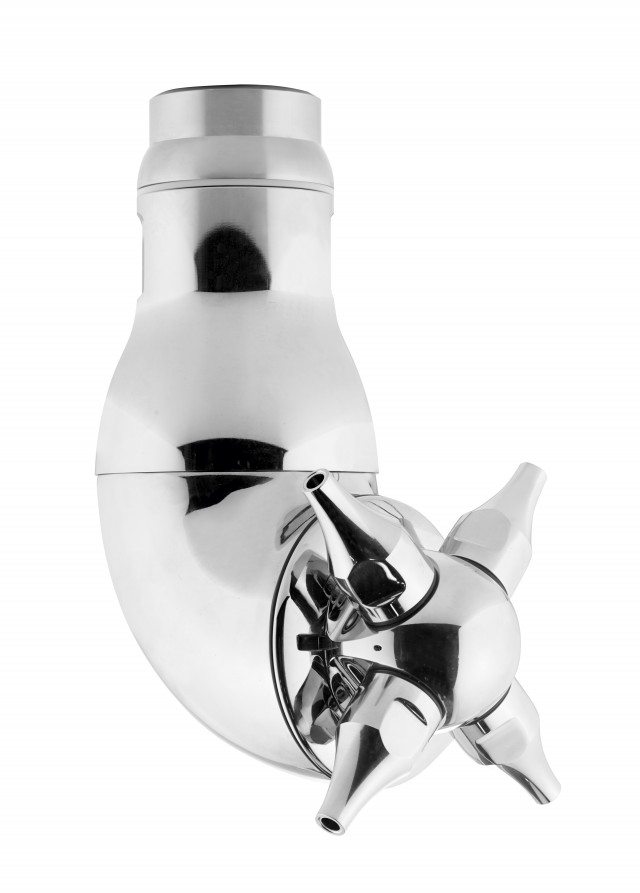The Alfa Laval releases its TJ40G Rotary Jet Head tank-cleaning machine that gets rid of residues while reducing cycle times and costs for energy, water and cleaning agents for the food, dairy, beverage, pharmaceutical, home and personal care industries.
“Designed in response to the demand for increased hygienic levels, it directs a powerful jet stream of cleaning fluid directly on the downpipe, thereby removing residues that other tank cleaning devices may miss,” says Jens Andersen, Product Portfolio Manager, Tank Cleaning, Alfa Laval.
The Alfa Laval TJ40G complements the Alfa Laval TJ20G, as they offer the same exceptional cleanability, product quality, and significant savings on energy, water and cleaning agents due to faster, more effective cleaning than comparable technologies.
However, the Alfa Laval TJ40G can handle large tanks with capacities between 50 and more than 500 cubic meters in size while the TJ20G handles small tank with capacities between 15 and 150 cubic meters.
Like the Alfa Laval TJ20G, the Alfa Laval TJ40G uses a high-impact jet stream to effectively clean tough tank residues and minimize the risk of product contamination.
This four-nozzle rotary jet head also cleans tanks 60% faster than static spray ball technology, which increases production uptime.
The fast-cleaning Alfa Laval TJ40G uses less water and cleaning agents, thereby reducing operating costs by up to 70%.
The eight-cycle cleaning pattern of the Alfa Laval TJ40G Rotary Jet Head gets successively denser as the cleaning cycle progresses, ensuring full coverage and thorough cleaning.
The Alfa Laval TJ40G can handle tough tank residues and solids in the cleaning fluid.
This suits demanding process lines where both the size and the amount of particles, such as yeast or pulp, may be re-circulated in cleaning media before completing the cleaning cycle.
The machine has a hygienic self-cleaning construction that ensures that the flow of the cleaning fluid reaches the external surfaces of the rotary jet head, including the downpipe, as well as internal components such as all bushings, bearings and inner surfaces.
This minimizes the risk of product contamination as well as increases hygiene levels and product safety.










